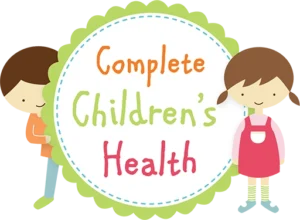What is a non-verbal cue?
The best way to describe a non-verbal cue is to think about facial expressions and body language. Some studies say there are seven non-verbal cues, and others say ten. So here are the ten to ensure we don’t miss any:
- Facial Expressions

- Gestures
- Paralinguistics (tone, loudness, inflection, and pitch of voice)
- Body language and posture
- Proxemics (personal space)
- Initiating interaction
- Eye gaze
- Haptics (communication with touch)
- Appearance
- Artifacts (avatars, uniforms – doctors in white coats)
Many children with autism have trouble understanding non-verbal cues. If you look at this list above and then think about your day, all of these aspects would have come into play.
Imagine missing all of that.
Communication skills are important for all children. These skills help children express their needs and wants. When children can do this, it helps them with behaviour, learning and socialising.
Autistic children have a wide range of communication skills and abilities, as no two children are alike. Some may have very good communication skills and others not. Even those who are good at communicating can miss the unspoken aspects of conversation, making the world confusing and isolating. Girls are better than boys due to their ability to mirror those around them.
Some autistic children have difficulties developing language or find it difficult to understand or use spoken language. Autistic children may even develop their own ways of communicating with their families or caregivers, which only they understand.
As non-verbal communication does not come naturally to some children on the spectrum, it needs to be taught to enable children to interact to ensure their ability to communicate improves. It’s best to work on communication skills for autistic children gradually by teaching skills that are just one step from where your child is now. And don’t be surprised if, at times, your child feels as though you are speaking a foreign language because nonverbal communication is indeed foreign to them.
We work with allied health professionals like speech therapists and psychologists who help children with their communication skills. This, in turn, helps them with long-lasting life skills as all levels of communication happen in everyday life.
Further reading:
https://raisingchildren.net.au/autism/communicating-relationships/communicating/communication-asd
https://thespectrum.org.au/autism-strategy/autism-strategy-communication/
https://thespectrum.org.au/autism-strategy/autism-strategy-communication/
https://www.myaspergerschild.com/2016/01/teaching-nonverbal-communication-skills.html
